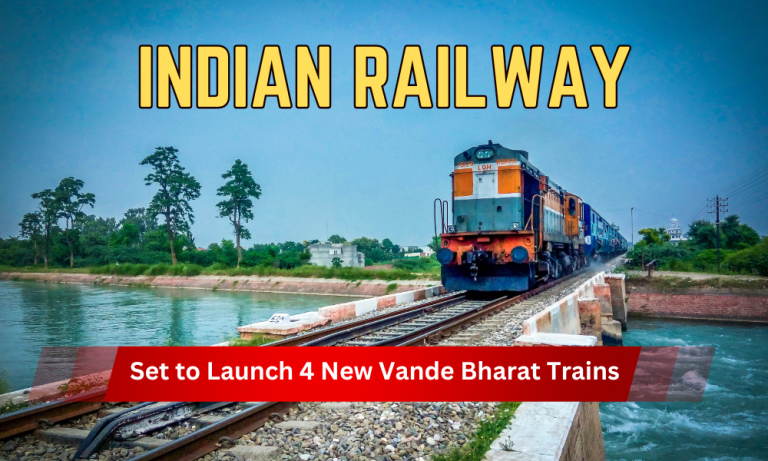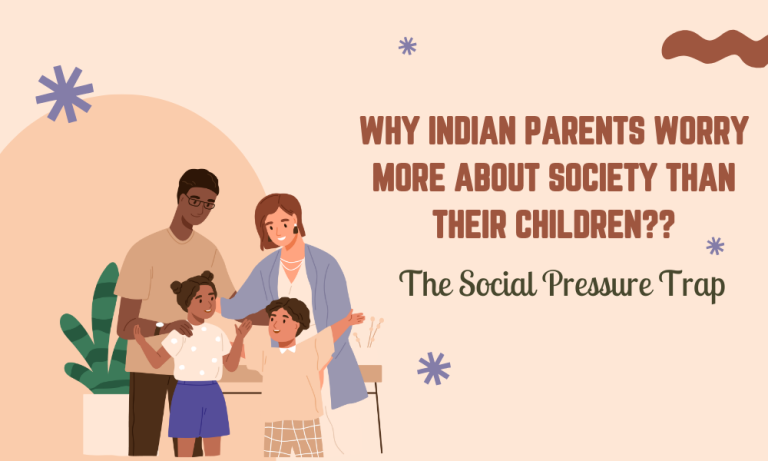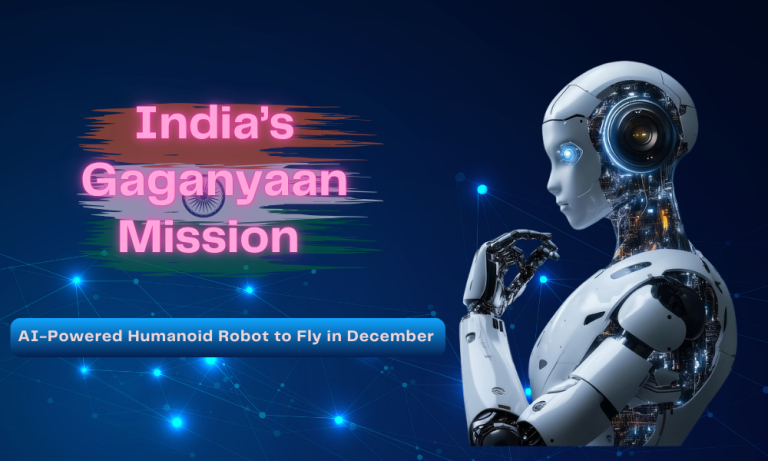Rashtriya Ekta Diwas (National Unity Day): PM Modi Highlights Sardar Patel’s Dream of a Fully United Kashmir
Introduction
Every year on 31st October, India celebrates Rashtriya Ekta Diwas (National Unity Day) to honor Sardar Vallabhbhai Patel, the Press Man of India. Patel’s commitment in joining together more than 560 regal states after Autonomy laid the establishment of a solid, joined together country. In 2025, Prime Serve Narendra Modi once more highlighted Patel’s memorable part and expressed that Sardar Patel’s dream was to coordinated the whole Kashmir with India, not in part, but completely.
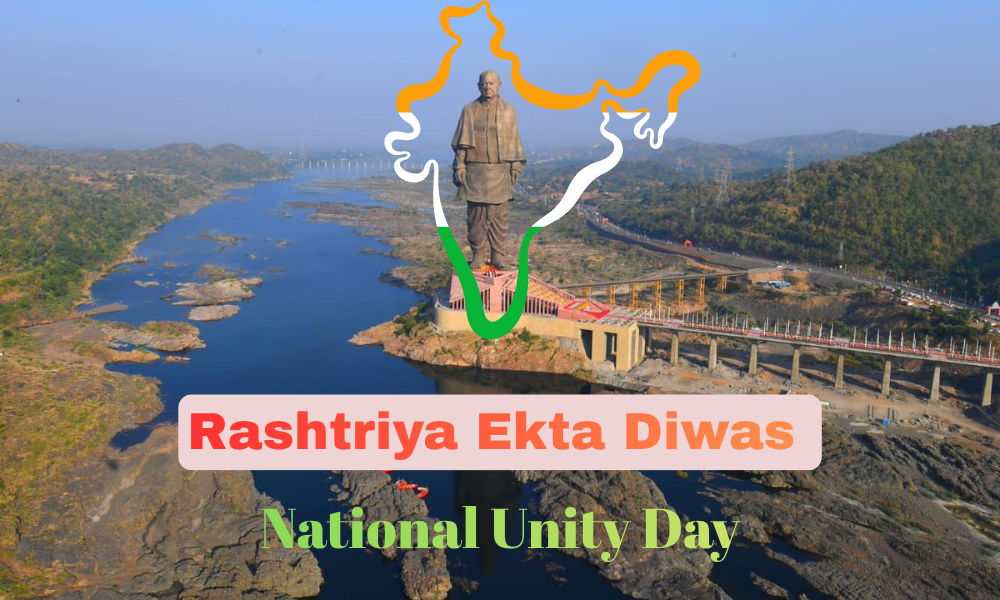
The Prime Minister’s comments restored a critical chapter of Indian history and too associated it with the display advancements in Jammu & Kashmir.
Why Rashtriya Ekta Diwas Is Celebrated
Rashtriya Ekta Diwas was authoritatively reported in 2014 to check the birth anniversary of Sardar Vallabhbhai Patel. The reason was clear:
To keep in mind Patel’s commitment in blending regal states
To advance solidarity and astuteness among citizens
To teach the more youthful era almost national integration
To motivate patriotism and collective responsibility
Across India, walks, marathons, school exercises, police parades, NCC revives, and social programs take put on this day. The message is basic: India is most grounded when it stands united.
PM Modi’s Tribute to Sardar Patel
During this year’s National Solidarity Day ceremony, Prime Serve Narendra Modi paid botanical tributes to Patel and tended to the country. His discourse centered on how Patel secured India’s solidarity after the injury of Partition.
PM Modi stated:
“If Sardar Patel had been given full obligation amid Autonomy, the whole Kashmir would have been portion of India from the beginning.”
He moreover specified that Patel’s approach was definitive, brave, and conciliatory, not at all like the moderate political choices of that time.
Why Kashmir Was Specified in the Speech
Kashmir has continuously been a touchy subject in Indian history. After Freedom, most august states joined India calmly beneath Patel’s authority. But Kashmir’s promotion involved:
Tribal attack from Pakistan
Political delay in marking the Instrument of Accession
International intervention
PM Modi highlighted that Patel needed quick and total promotion, comparative to Hyderabad and Junagadh, but the circumstance was dealt with in an unexpected way by the administration of that time. This driven to:
A isolated Kashmir
Ceasefire lines
Decades of political disputes
By reviewing this, Modi emphasized that unification seem have been completed in 1947 itself.
How Patel Joined Together Over 560 Regal States
Patel’s part in the unification of India is one of the most prominent conciliatory accomplishments in world history. Between 1947 and 1950, he brought hundreds of regal states into the Indian Union through:
✔ Negotiation
✔ Key pressure
✔ Diplomacy
✔ Utilize of military when needed
Three major states challenged India’s integrity:
Hyderabad
Junagadh
Kashmir
Patel settled Hyderabad and Junagadh definitively. His approach was straightforward no ruler was over the country. PM Modi referenced this in his discourse, calling Patel the “architect of cutting-edge India”.
Modi’s Reference to Article 370
Another key point of the discourse connected Patel’s vision with the repeal of Article 370 in 2019. PM Modi said:
Patel never needed uncommon protected obstructions for integration
The evacuation of Article 370 was a step towards completing Patel’s unfinished dream
After the annul, Jammu & Kashmir got to be a Union Domain, Ladakh got to be isolated, and:
Central laws presently apply equally
Investment and tourism increased
Development ventures accelerated
Militancy decreased in a few regions
Modi called this a “historic redress motivated by Patel’s ideology”.
Solidarity in a Cutting-edge India
The PM utilized Patel’s bequest to talk almost solidarity in today’s context:
Religious harmony
Rejecting divisive politics
Strengthening borders and national security
Economic development as a shared responsibility
He said that inside strife debilitates a country more than remote adversaries. Hence, solidarity is not fair an enthusiastic trademark — it is fundamental for national progress.
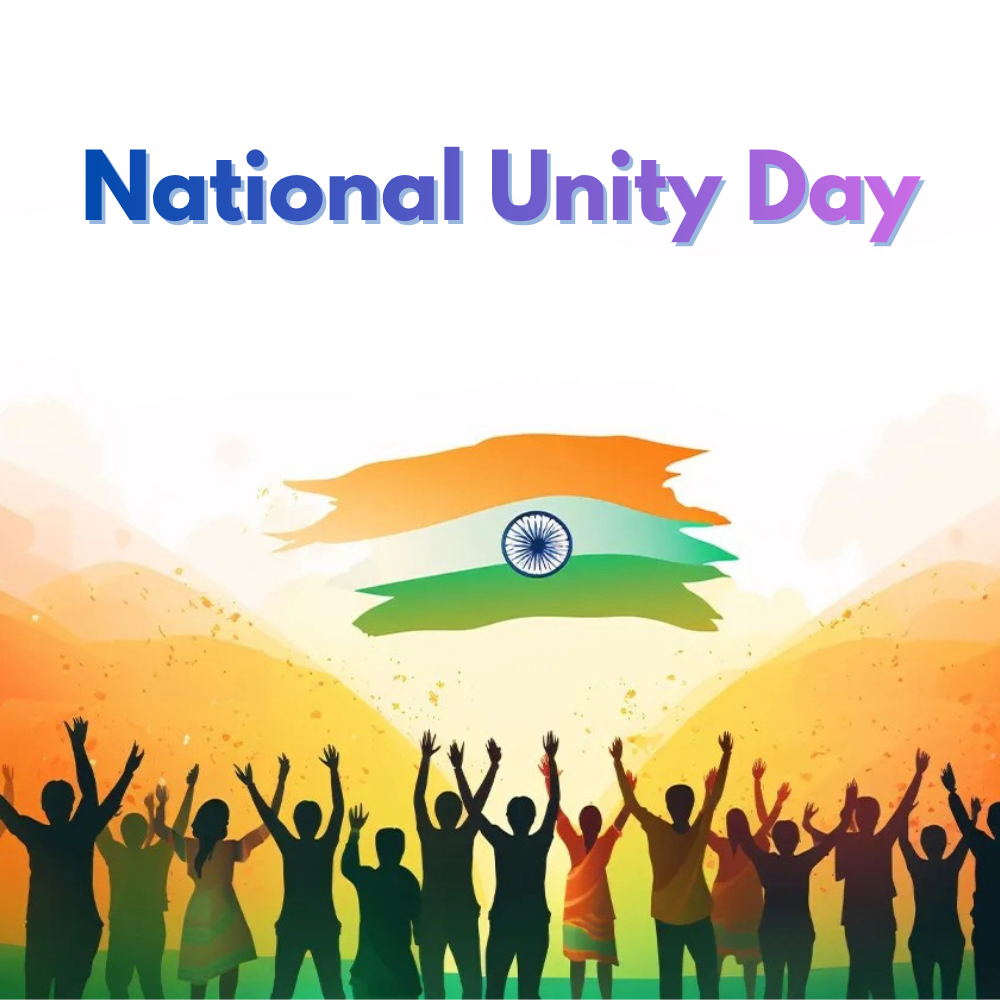
Statue of Unity – A Worldwide Symbol
In 2018, PM Modi divulged the Statue of Solidarity in Gujarat. At 182 meters, it is the world’s tallest statue, built to honor Sardar Patel.
Symbol of India’s rising worldwide stature
Tourist point of interest pulling in millions yearly
Monument of solidarity, assurance, and national pride
Modi said the statue in his discourse, saying that it reminds each Indian of the significance of national integration.
Celebrations Over India On Rashtriya Ekta Diwas:
- Schools conducted promise ceremonies
- NCC cadets organized solidarity marches
- Police strengths held parades
- Youth clubs organized social performances
- ‘Run for Unity’ occasions took put in numerous cities
In Kashmir as well, occasions were held — symbolizing how much the locale has changed in later years.
Why This Message Things Today
PM Modi’s discourse is not fair around recalling history it was implied to convey a message:
✔ Contrasts in dialect, religion, and culture make India assorted, not divided
✔ The nation must remain joined together against fear-based oppression and propaganda
✔ Advancement is conceivable as it were when the country stands together
✔ Kashmir was, is, and will continuously be an necessarily portion of India
His comments were both enthusiastic and political, reminding citizens that solidarity is the spine of democracy.
Conclusion
Rashtriya Ekta Diwas is not as it were a tribute to Sardar Vallabhbhai Patel but moreover a update of the values he lived for — solidarity, quality, teach, and national intrigued over everything else. PM Modi’s articulation that Sardar Patel needed to join together the whole Kashmir with India reflects a verifiable truth and moreover interfaces with the continuous political improvements in the region.
Today, schools, troopers, ranchers, laborers, and youth take part in this day with pride, demonstrating that India’s solidarity is not fair a government approach, but a people’s development. Patel’s dream was an India where each locale, each culture, and each citizen lived with respect beneath one flag.
More than 75 a long time after freedom, Patel’s message still guides the nation:
“No control in the world can isolate India if its individuals stay united.”
Rashtriya Ekta Diwas reminds us that solidarity is not a one-day celebration it is a duty each Indian must carry forward.

